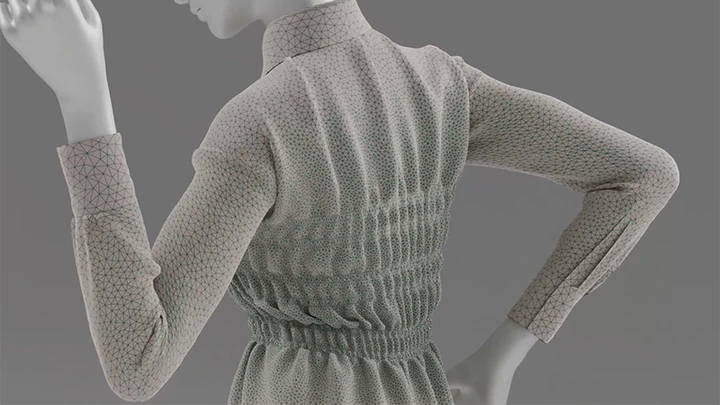Physics-inspired Estimation of Optimal Cloth Mesh Resolution
Aug 11, 2025·,,,, ·
0 min read
·
0 min read
Diyang Zhang
Zhendong Wang
Zegao Liu
Xinming Pei
Weiwei Xu
Huamin Wang

Abstract
In this paper, we tackle an important yet often overlooked question: What is the optimal mesh resolution for cloth simulation, without relying on preliminary simulations? The optimal resolution should be sufficient to capture fine details of all potential wrinkles, while avoiding an unnecessarily high resolution that wastes computational time and memory on excessive vertices. This challenge stems from the complex nature of wrinkle distribution, which varies spatially, temporally, and anisotropically across different orientations. To address this, we propose a method to estimate the optimal cloth mesh resolution, based on two key factors: material stiffness and boundary conditions. To determine the influence of material stiffness on wrinkle wavelength and amplitude, we apply the experimental theory presented by Cerda and Mahadevan [2003] to calculate the optimal mesh resolution for cloth fabrics. Similarly, for boundary conditions influencing local wrinkle formation, we use the same scaling law to determine the source resolution for stationary boundary conditions introduced by garment-making techniques such as shirring, folding, stitching, and down-filling, as well as predicted areas accounting for dynamic wrinkles introduced by collision compression caused by human motions. To ensure a smooth transition between different source resolutions, we apply another experimental theory from [Vandeparre et al. 2011] to compute the transition distance. A mesh sizing map is introduced to facilitate smooth transitions, ensuring precision in critical areas while maintaining efficiency in less important regions. Based on these sizing maps, triangular meshes with optimal resolution distribution are generated using Poisson sampling and Delaunay triangulation. The resulting method can not only enhance the realism and precision of cloth simulations but also support diverse application scenarios, making it a versatile solution for complex garment design.
Type
Publication
ACM SIGGRAPH 2025 Conference Papers